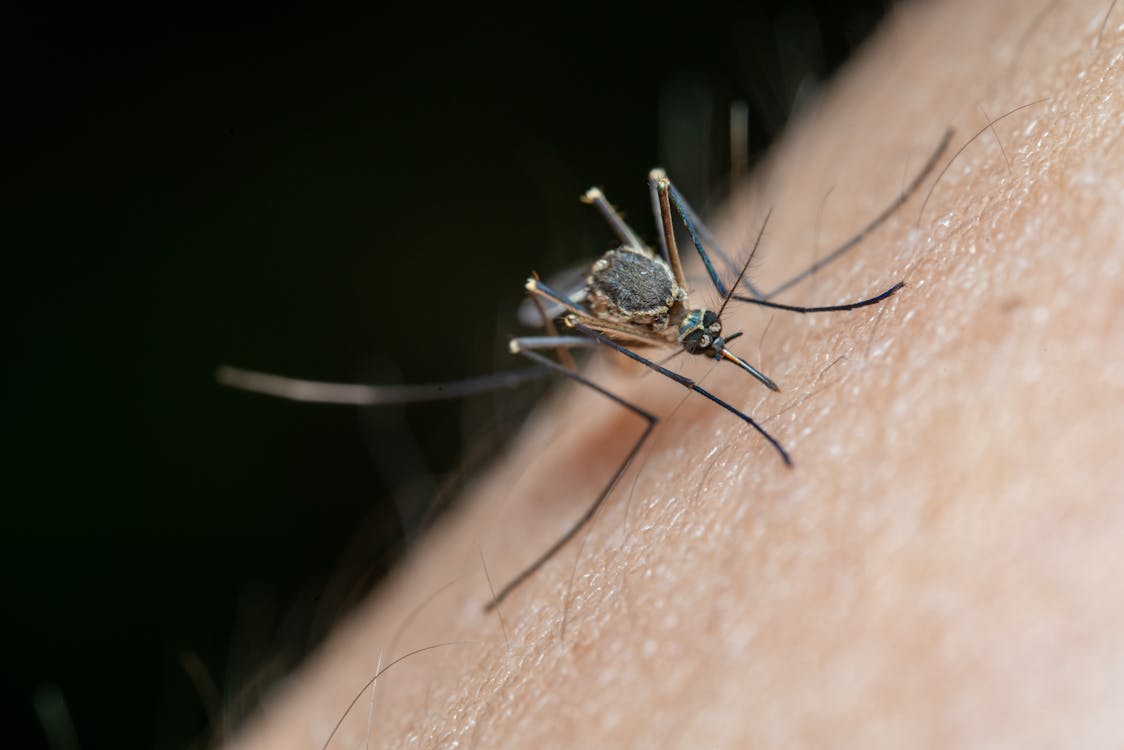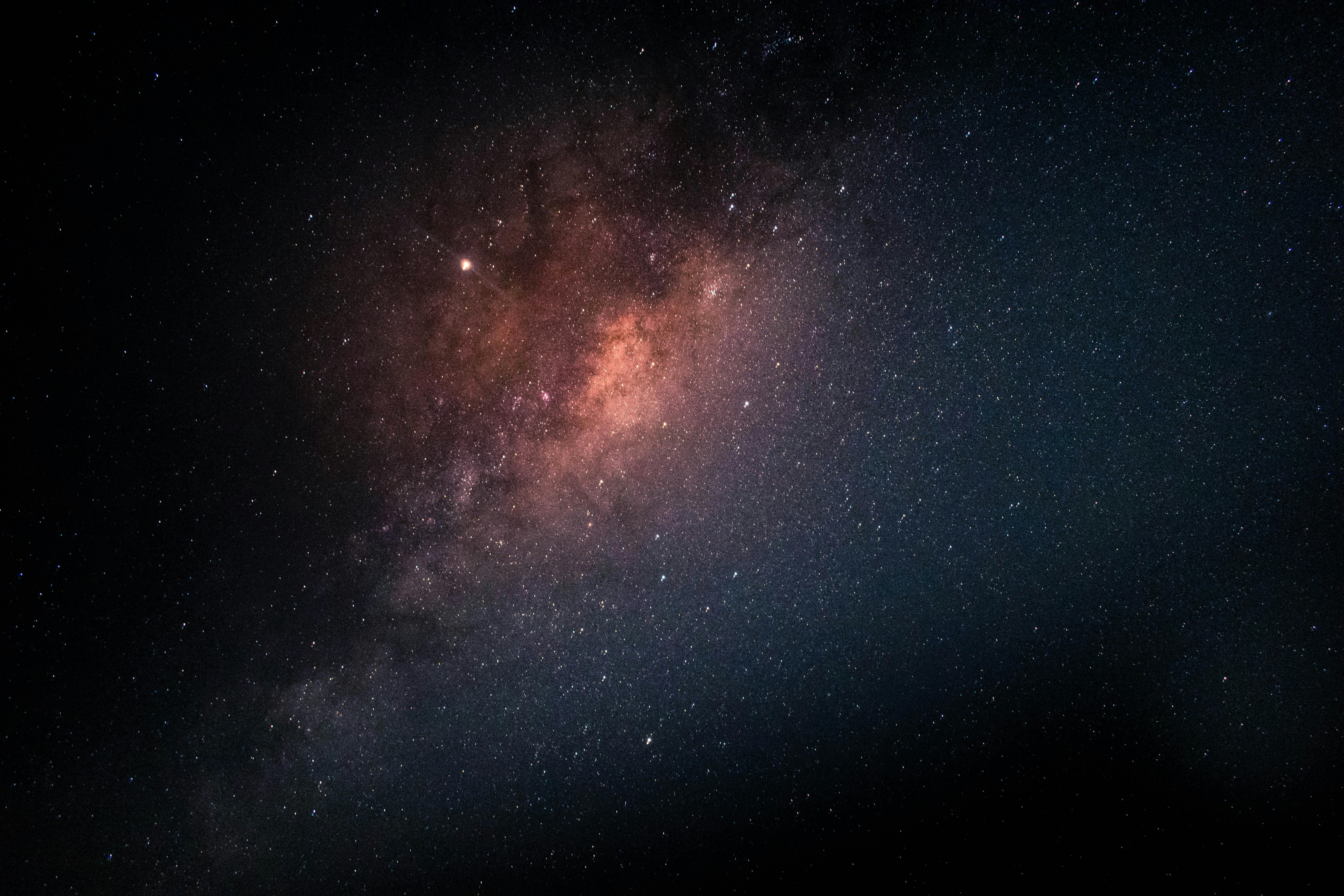Note: This article contains affiliate links. If you purchase a product through one of these links, Modern Sciences may earn a small commission at no additional cost. These commissions help support our site and allow us to continue delivering high-quality content for our Cultivators of Curiosity. Our recommendations are based on careful research and expertise, ensuring you receive the best guidance for your scientific explorations.

Stargazing offers a window into the vast wonders of the universe, turning a clear night into a gateway for exploring celestial mysteries. Whether you’re looking at craters on the moon, admiring the faint glow of the Andromeda Galaxy, or tracing seasonal constellations, the experience is enriching. Having the right equipment can make all the difference for those interested in getting the most out of their time under the stars. The following essentials will enhance your night-sky observations, turning a simple stargazing session into an immersive cosmic journey.
From telescopes to red flashlights, each tool has a role in making your experience enjoyable and educational. Whether you’re just starting or are an experienced stargazer, this list offers practical gear and comfort items to help you get the most out of your celestial explorations. Dive into our curated recommendations to ensure you’re well-prepared for your next night under the stars.
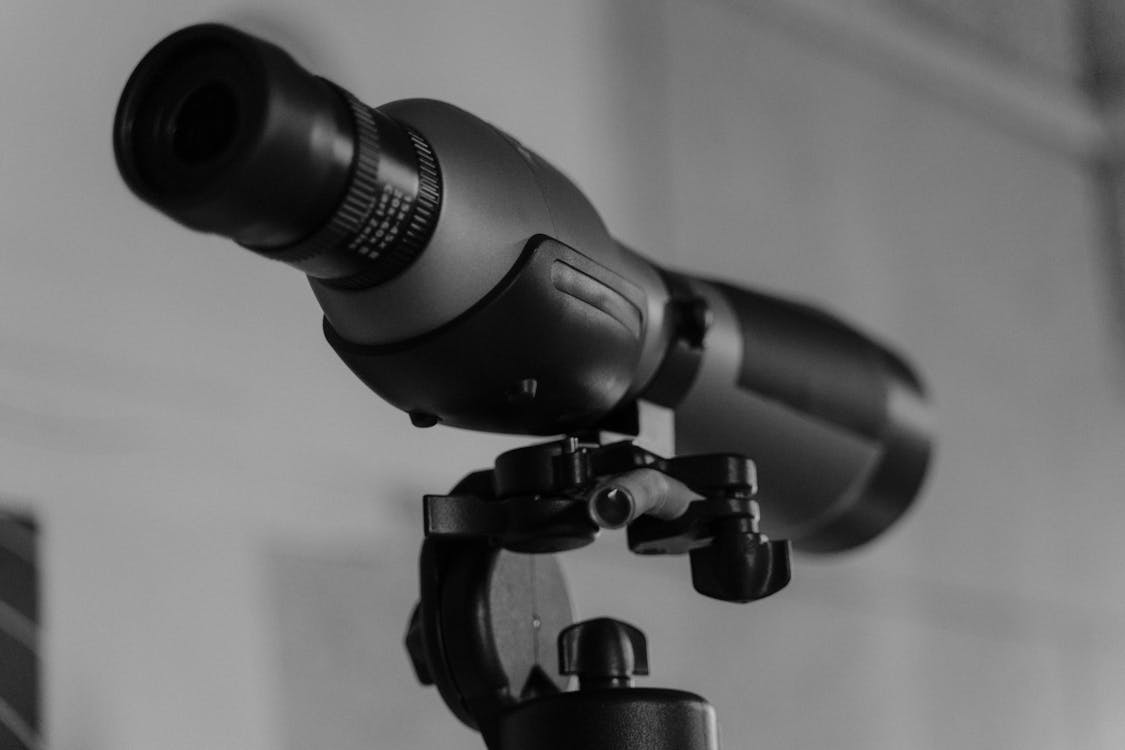
1. Telescope or Binoculars

A telescope or binoculars are essential tools for getting a closer look at celestial bodies, enhancing our observational experience beyond what the unaided eye can perceive. Telescopes magnify objects like planets, star clusters, and nebulae, allowing you to see details such as the rings of Saturn or craters on the moon. Binoculars are a great starting point and help you appreciate the sheer size of some objects, like the Andromeda Galaxy. Using these tools makes stargazing visually thrilling and provides an observational basis for understanding the structure and scale of the universe.
Fortunately, we’ve already provided a list of telescopes in one of our earlier lists—take a look here.

2. Star Map
A star map guides you as you watch the night sky, which is essential for navigating and identifying constellations, planets, and other celestial objects. Using such guides in conjunction with digital aides like astronomy apps helps you learn how to recognize seasonal constellations and the movement of planets, which deepens your understanding of the mechanics of the night sky.
For example, you may try the NATIONAL GEOGRAPHIC™ Night Sky (Northern Hemisphere) Stargazer Map and Guide, which you can find here.

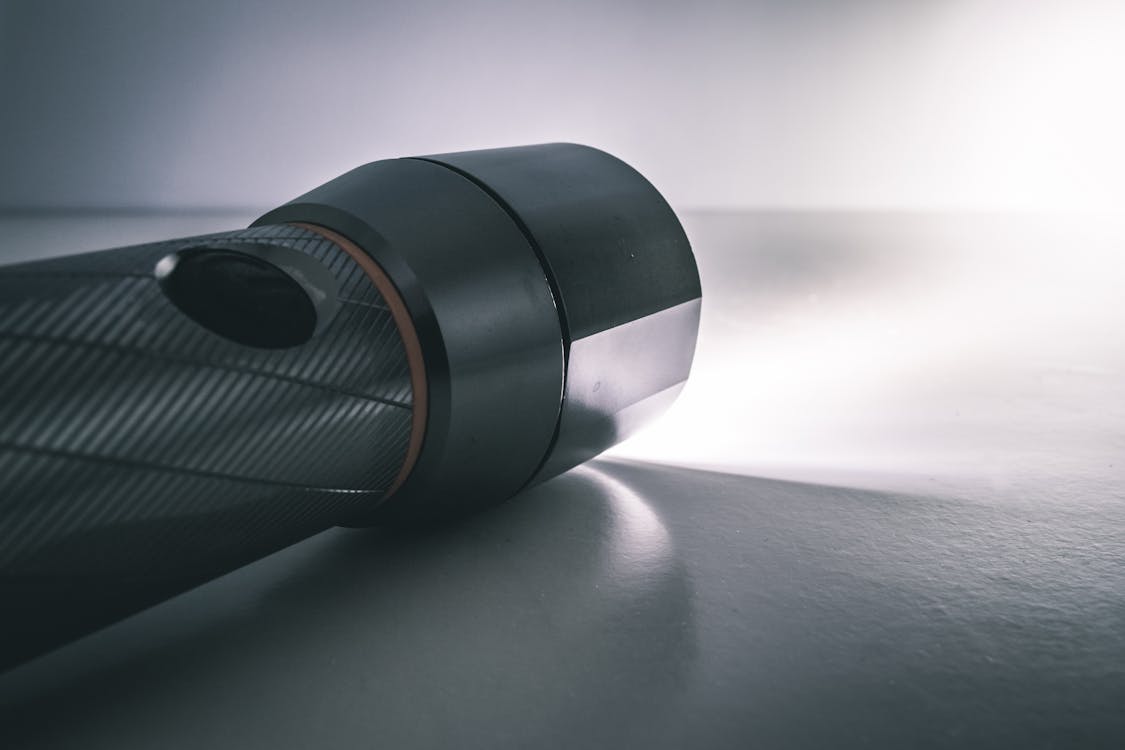
3. Red Flashlight
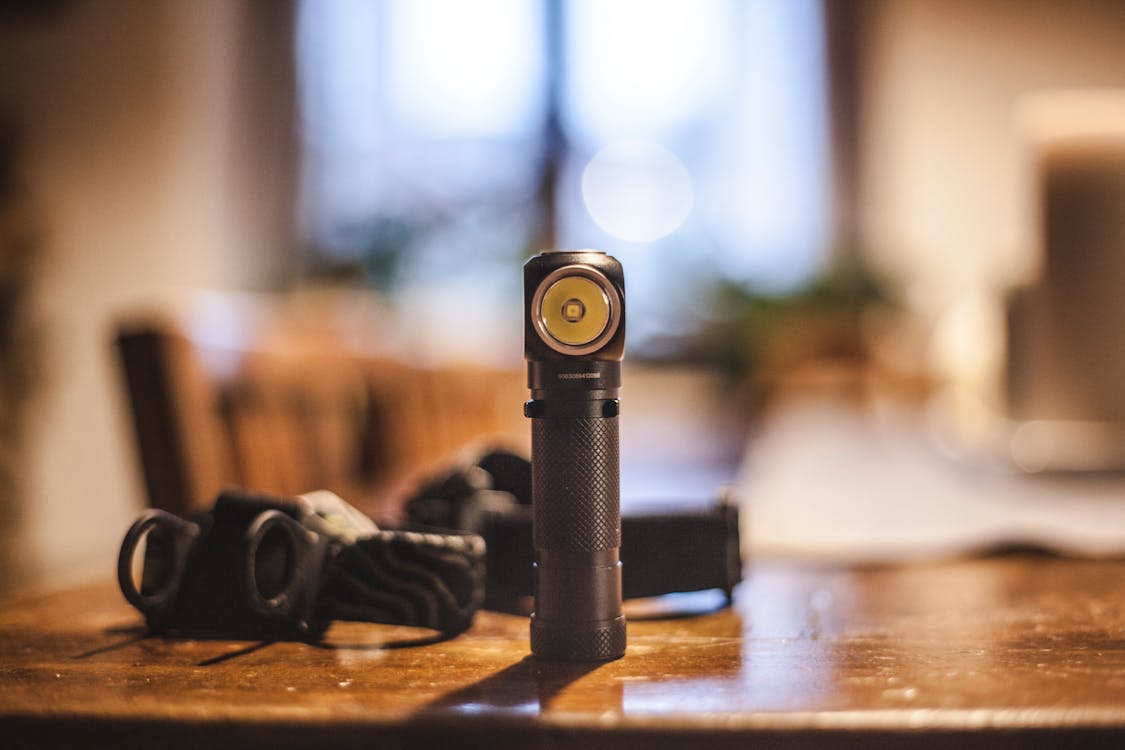
Maintaining your night vision is crucial during stargazing, as it lets your eyes stay sensitive enough to detect faint celestial objects. A red flashlight provides light without disrupting your eyes’ adaptation to darkness, which is vital for spotting dimmer objects like distant galaxies or faint meteor showers. Scientifically, this practice is tied to how our eyes use rod cells for vision in low-light conditions. These cells are extremely sensitive, and a sudden exposure to white light can take up to 30 minutes for full recovery. A red flashlight allows you to stay in “night mode” while still being able to navigate your surroundings. You can get yours here.

4. Camping/Stargazing Chair
Stargazing often requires staying in one position for long periods to observe slow-moving objects or take in the Milky Way’s view. A comfortable chair allows you to remain still and focused. After all, minimizing movement is crucial for astrophotography and telescope use, as even the slightest jolt can make objects in your field of view appear to jump around, reducing the clarity and detail of your observation.
For our recommendation, check out the NEMO Stargaze Reclining Camp Chair here.


5. Warm Clothing

The temperature can drop significantly during clear nights, especially in open areas away from the urban heat effect. Wearing warm clothing helps keep your body comfortable. It allows you to stay outside longer, which is essential for observing slower celestial events such as lunar eclipses or gradual planetary conjunctions. Get yours here.

6. Power Bank
A power bank is essential for a long stargazing session, mainly if you rely on devices like smartphones, astronomy apps, or even powered telescopes. These devices can quickly drain their batteries outdoors, and having a portable power source ensures you won’t miss out on identifying celestial objects or capturing the perfect photograph because of a dead battery.
For starters, try the ANKER Zolo 20,000-mAh 30-W power bank here.

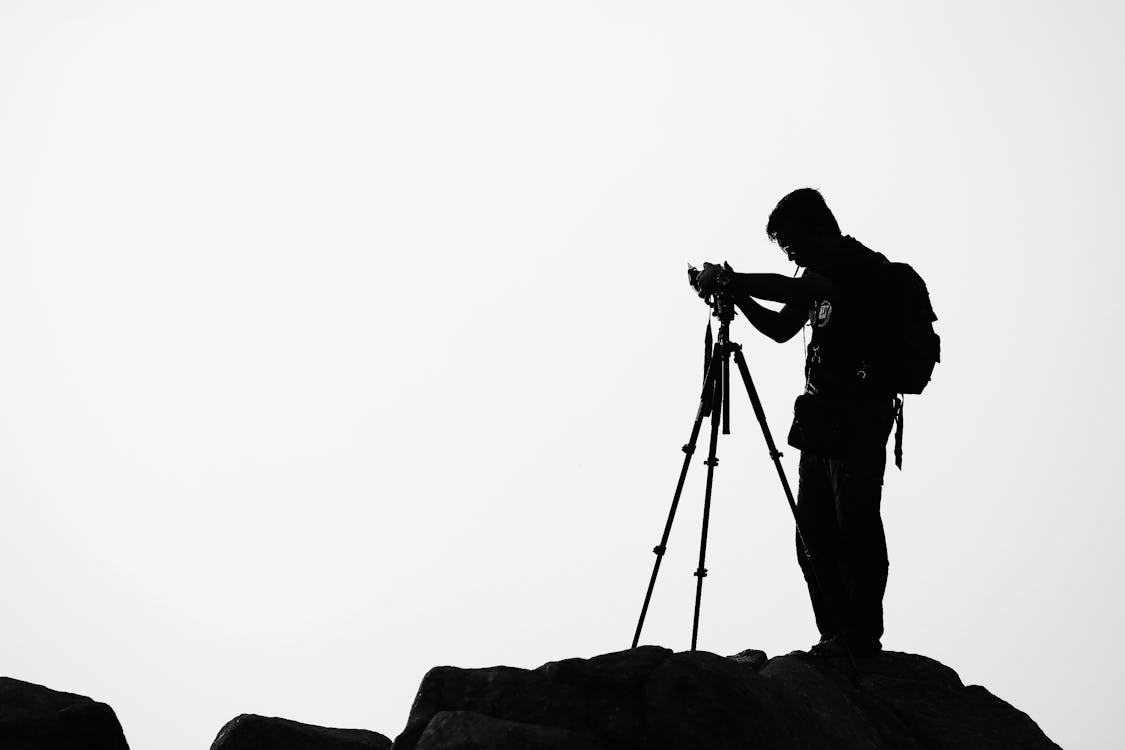
7. Tripod

A tripod is a crucial tool for stargazing, particularly if you plan to capture night sky images or use binoculars for extended observation. Keeping your camera or binoculars steady is essential for clear and detailed views, especially during long exposure shots that reveal faint objects like nebulae or star clusters (if your viewing device of choice can see them, of course). Using one minimizes any possible motion blur resulting from slight hand movements, ensuring your observations and astrophotography are sharp and accurate.
You might find luck with the AmazonBasics 50″ Lightweight Camera Mount and Tripod, which you can find here.
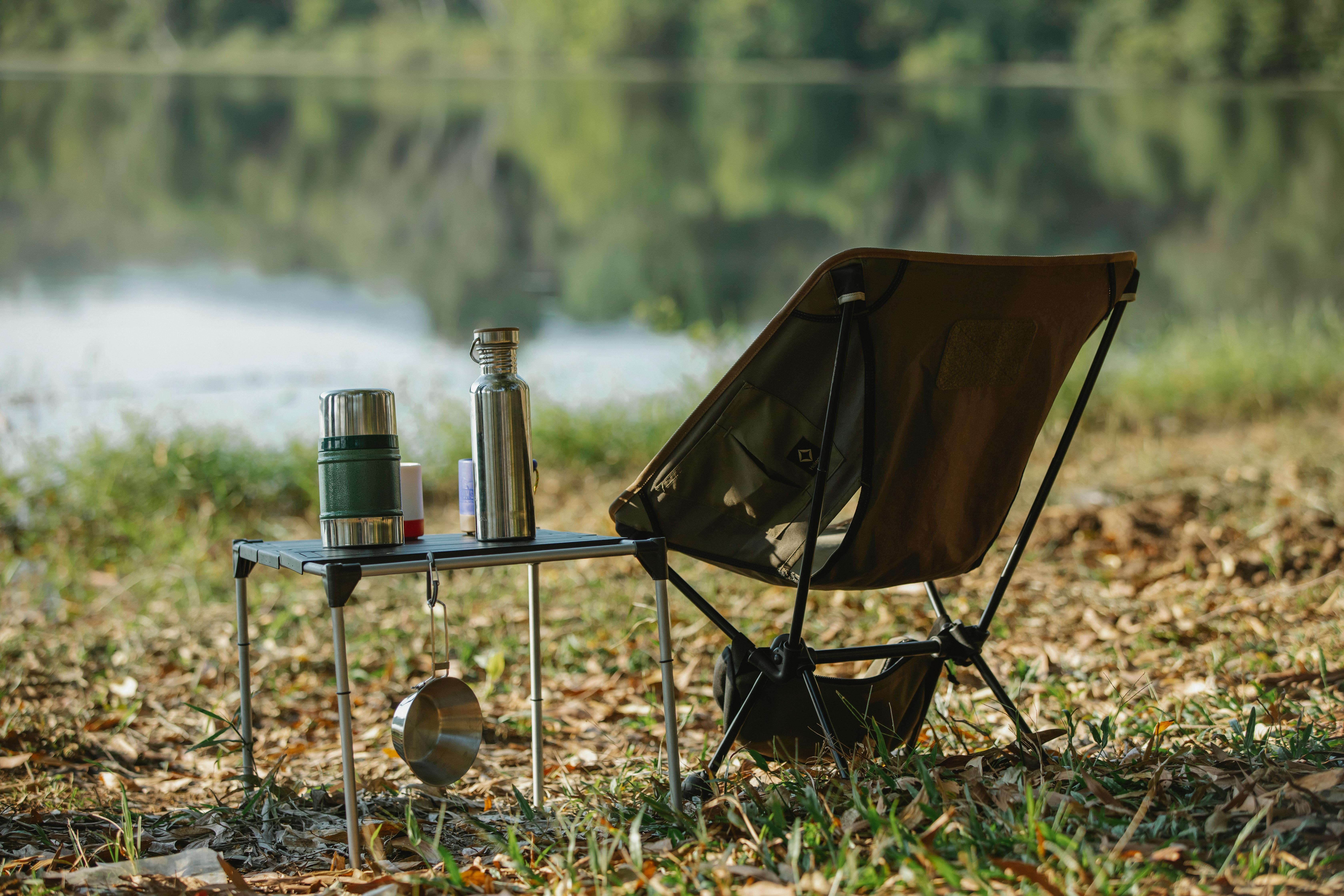
8. Insulated Water Flask
An insulated water flask is a practical addition to any stargazing session. It ensures you stay hydrated throughout the night, especially during extended viewing sessions in remote areas. With temperatures often dropping significantly after sunset, an insulated flask can keep your drinks hot or cold, depending on your needs, providing comfort during your stargazing experience.
For our recommendation, try the Hydro Flask® wide-mouth insulated flask, which you can find here.


9. Snacks and Water

Stargazing can be lengthy, and having snacks and water ensures you stay energized and hydrated. Staying nourished is essential for concentration and cognitive function, which helps you make more detailed and accurate observations. Dehydration or hunger can lead to fatigue and reduced alertness—but you may already know that.
If you’re interested in trail mixes, try the Happy Belly trail mix here.

10. Bug Spray
Insect bites are not only uncomfortable, but they can also distract you from making steady, focused observations of the sky. This should also help you avoid catching any possible unwanted illnesses and other side effects, keeping your stargazing experience distraction-free.
You can start with the REPEL® 100 Insect Repellent, which you can get here.
